China’s export growth is expected to turn negative in 2023, a prominent Chinese research institute says in a recent report. Meanwhile, Beijing admitted export trade represents “irreplaceable strategic significance” to the country’s economic stability and employment rate.
In the past two years, China’s total imports and exports accounted for more than 20 to 30 percent of its GDP. Analysts believe that the greater the ratio, the greater the impact on China’s economy and employment amid a downturn.
The Institute of Economics at the Chinese Academy of Social Sciences said in a report on Feb. 4 that China’s export growth rate will turn negative due to the contraction in international demand. And that net exports may drag the country’s economic growth.
The report claimed that China’s foreign trade exports achieved better-than-expected growth in the first two years of the COVID-19 pandemic. However, factors such as the continued tightening of monetary policies in some economies will significantly slow global economic growth in 2023.
Export ‘Decline’
Lu Tianming, a U.S.-based political and economic commentator, believes that the negative growth of exports claimed by the Chinese Academy of Social Sciences is actually a “decline.”He told The Epoch Times on Feb. 5 that China’s exports had notably increased in the first two years of the COVID-19 pandemic but now face a decline.
“[China’s export growth in the first two years of the global pandemic] was due to foreign countries shutting down their economies at the beginning of the pandemic, and the governments were distributing free money, and the people had money to spend without going to work, so consumption skyrocketed. As a result, China’s exports increased [during that period],” Lu said.
“Then global inflation became intensified, and the prices of goods soared. This also benefitted China as the prices of export products soared.”
Lu said, however, due to high inflation, foreign countries have started tightening their monetary policies by raising interest rates since last year, which negatively affects Chinese exports.
He said the bigger reason is that foreign companies have started moving their industrial supply chains out of China.
“In the past two years, the Chinese regime’s draconian pandemic control has led to major supply chain interruptions. In particular, the Chinese Communist Party (CCP) has also used its established supply chains as a political bargaining chip to threaten the security of Western countries. These factors have led to the outbound transfer of the supply chain in the later stage of the pandemic.” Lu said.
“People no longer rely on China to produce some of these goods, and many have moved their manufacturing to countries in Southeast Asia.”
Lu added that the labor shortage caused by China’s population decline is also a significant factor.
“China’s demographic dividend is gone, and labor prices have risen in recent years. Therefore, this is also one of the major factors contributing to foreign capital’s departure from China and foreign firms’ determination to shift their supply chain out of the country. The decline in Chinese exports is not only the result of tightening monetary policies overseas,” Lu added.
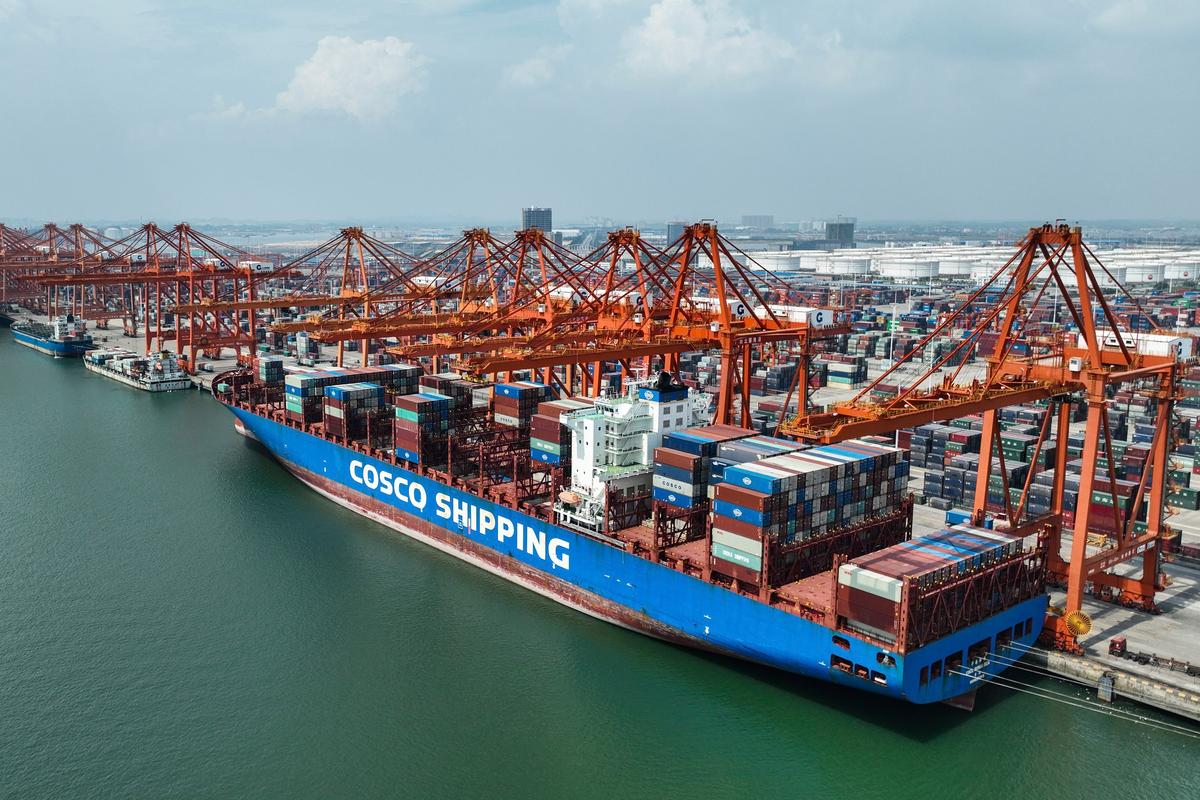
Private Enterprises and Employment At Risk
Data from China’s State Administration for Market Regulation showed the number of private enterprises in China had quadrupled in the 10 years since the end of 2012, the Chinese state-owned Economic Daily reported in October 2022.Meanwhile, it said the proportion of private enterprises in the country had increased from 79.4 percent to 93.3 percent.
The article stated that China’s private enterprises have played an important role in “stabilizing growth, promoting innovation, increasing employment, and improving people’s livelihood, and have become an essential force in promoting economic and social development.”
On that topic, Lu said there are large proportions of private enterprises in China that rely on foreign trade orders to survive, especially ones in Jiangsu province, Zhejiang province, and the country’s southeast coastal regions. And those enterprises have formed a comprehensive industrial supply chain where their operations closely affect one another.
Lu said that if China’s exports decline, the businesses will start to shut down, significantly impacting the entire industry.
“These private enterprises in China make up the largest number of the country’s employment, far greater than the state-owned enterprises,” Lu said.
China’s GDP Largely Driven By Imports and Exports
The CCP relies on consumption, investment, and exports to drive the country’s economic growth, which they call the “Troika.”The Chinese state-run Xinhua News Agency said in May 2021 that the Troika driving economic growth and export trade has “irreplaceable strategic significance” for the country’s economic stability, employment growth, and improvement of international competitiveness.
In the past two years, China’s total imports and exports accounted for a high proportion of its GDP.
The Bank of China Research Institute said in February last year that the country’s continued growth of exports in 2021 exceeded expectations and had significantly contributed to its economic growth. The contribution rate of net exports of goods and services to its GDP reached 20.9 percent, driving GDP growth by 1.7 percentage points.
In January 2021, Ning Jizhe, then director of China’s National Bureau of Statistics, said China’s total import and export volume was equivalent to more than 30 percent of the country’s GDP in 2020. And the proportion of total import and export volume to GDP is relatively high among major economic powers.
Impact on the Chinese Economy
In this regard, Lu said that exports account for a large proportion of China’s economy, and “the greater the proportion, the greater the impact the current downturn will have on the Chinese economy.”“China’s domestic demand has long been sluggish. That is to say, the common people have no money, especially during the two years of the pandemic. [The country’s] import and export trade accounts for a very high proportion of GDP, while European and American countries are relatively much smaller.
“Why are they so much smaller? They are all healthy economies dominated by domestic consumption. Their total wages account for a much higher GDP ratio than China, so their people have enough money, and their normal living consumption can maintain the country’s economic operation. But in China, this is unrealistic. It is not a healthy economic structure, and the spending power of residents is much lower.”
Lu said, for example, China has often retaliated economically against Taiwan by imposing import bans on certain Taiwanese goods. However, in the end, people realized that China’s imports from Taiwan accounted for only a tiny proportion of the island’s GDP. Even if China did not import anything from Taiwan, the economic impact on the island would be limited.
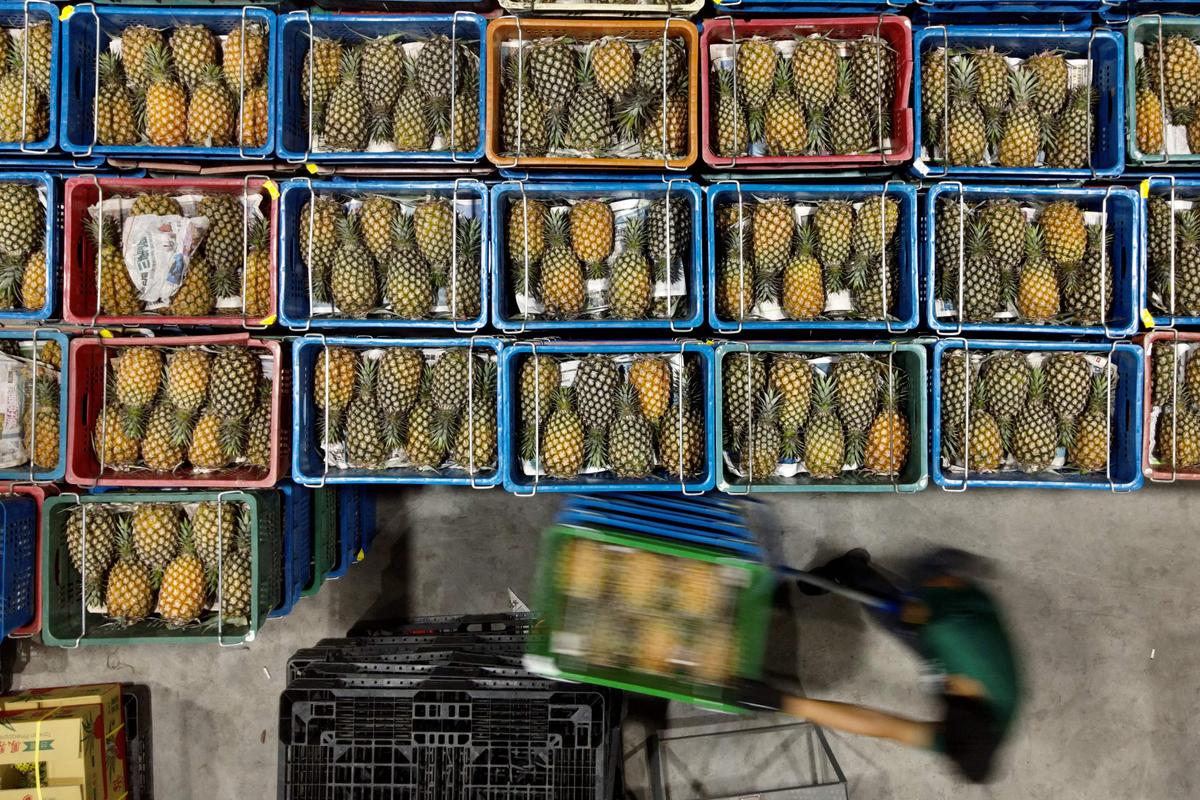
“However, exports account for a large proportion of China’s economy,” Lu said.
“Theoretically speaking, if the CCP sets its GDP growth target at 5 percent, the Troika will also increase every year. Each component needs to grow by about 5 percent so that it can achieve a 5 percent GDP growth on average.
“However, if the 5 percent of exports is gone, or does not grow, or even drops by 5 percent, then the other two components may have to increase to 10 percent to drive the overall GDP growth to 5 percent, which is extremely difficult.”
He added that it wasn’t just China’s exports that fell, but imports as well.
“China imports some raw materials, processes them and then exports them to earn a processing fee at home. Now that many industrial supply chains are moving out of the country, this type of import will also be reduced. The other part is when the overall economy is down and domestic demand is sluggish, imports of consumer products will also fall. The average person has no money, life is getting more difficult, and consumption of high-priced foreign products will also decrease,” Lu added.
“So the greater the proportion of the country’s total imports and exports, the greater the impact on its overall economy and GDP if the numbers drop.”
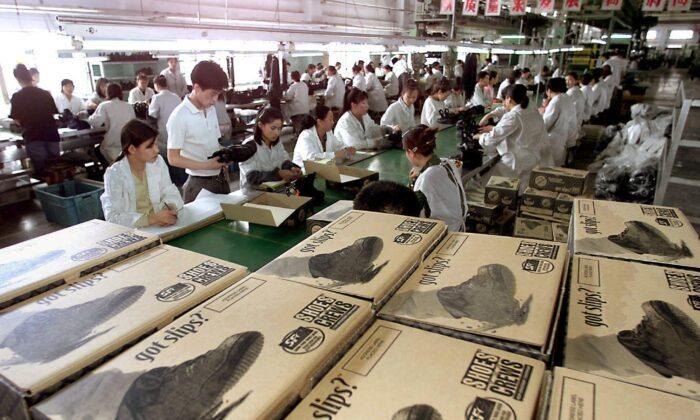


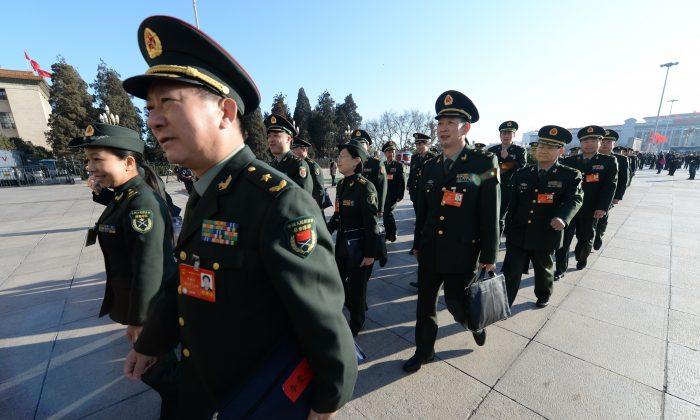
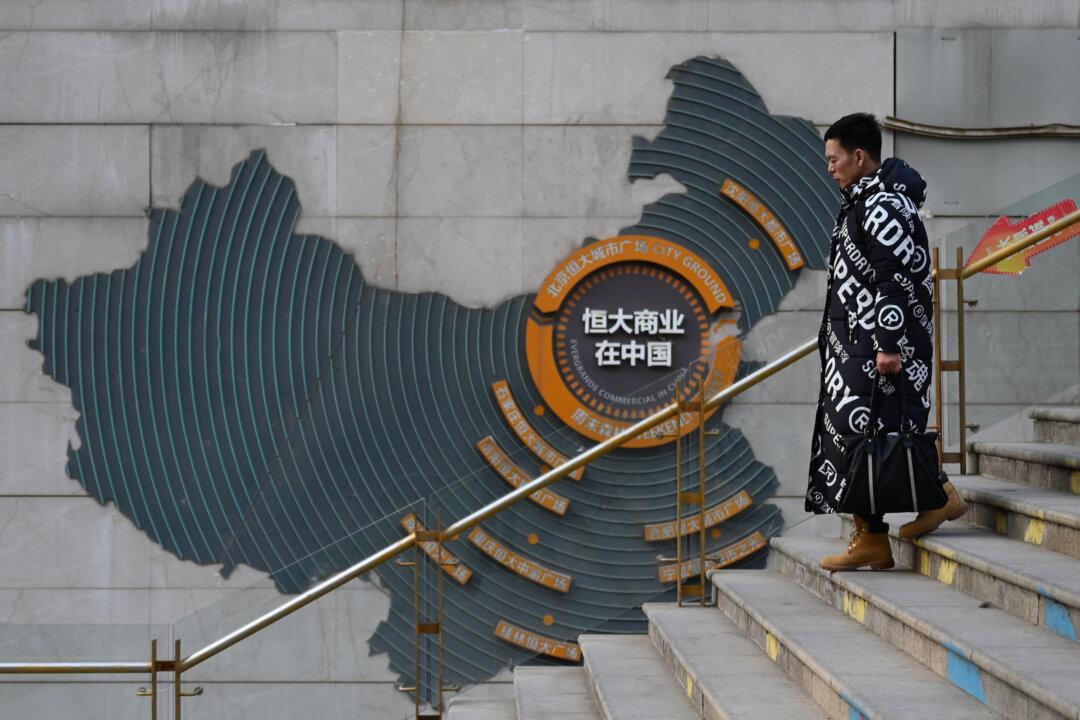
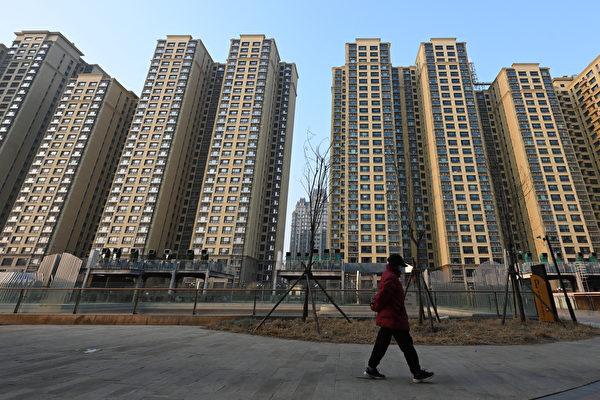

Friends Read Free